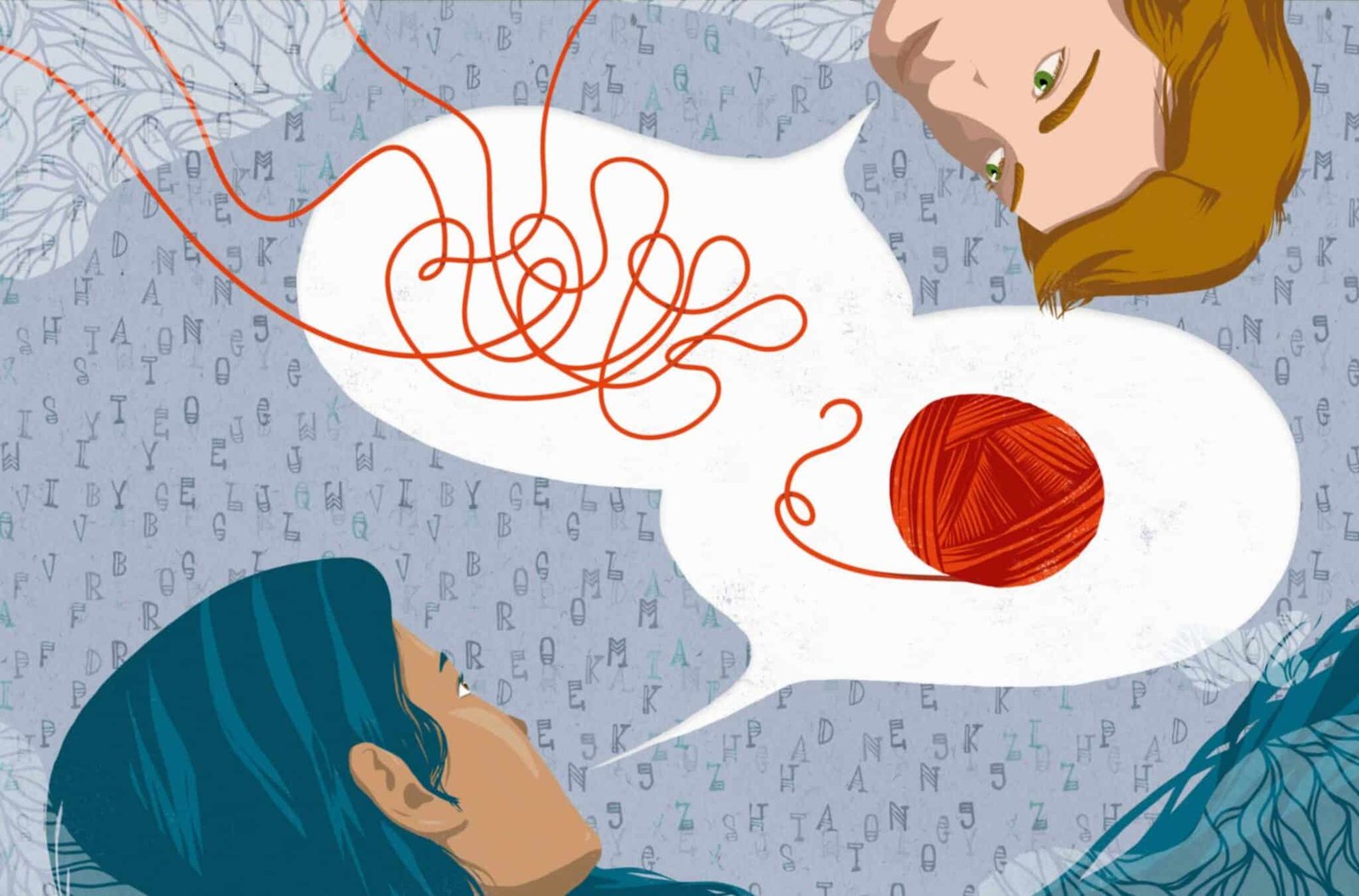nonverbal clues
nonverbal clues Introduction: Nonverbal communication plays a significant role in human interactions, providing valuable insights into a person’s thoughts, emotions, and intentions. While body language books can offer a basic understanding of nonverbal cues, they are often limited and can be inaccurate due to their generalized nature. To truly grasp the intricacies of nonverbal communication, it is essential to explore beyond the confines of traditional resources. In this article, we will delve into effective strategies and practical techniques for understanding nonverbal clues that go beyond what is typically covered in body language books.
- Contextual Awareness : Understanding nonverbal clues requires a keen sense of contextual awareness. Body language books may fail to emphasize the importance of considering the specific circumstances and cultural factors that influence nonverbal communication. To overcome this limitation, develop an awareness of the environment, social norms, and cultural nuances that may impact nonverbal cues. Recognize that gestures, facial expressions, and postures can vary significantly across cultures, and what may signify one emotion in one culture could convey a completely different meaning in another.
- Microexpressions and Subtle Cues: Body language books often focus on prominent and easily recognizable gestures, such as crossed arms or a raised eyebrow. However, understanding nonverbal clues goes beyond these obvious signals. Microexpressions, fleeting facial expressions that last for a fraction of a second, can provide invaluable insights into a person’s true emotions. These subtle cues, like a slight lip twitch or eyebrow movement, can indicate concealed feelings or thoughts. Training yourself to observe and interpret these microexpressions through practice and real-life interactions can greatly enhance your understanding of nonverbal communication.
- Congruence and Incongruence: While body language books may provide general interpretations of certain gestures, it is important to recognize that nonverbal communication is complex and can be contradictory. Congruence refers to when verbal and nonverbal cues align, reinforcing each other. Incongruence occurs when there is a mismatch between verbal and nonverbal signals, which may indicate hidden emotions or deception. Pay attention to discrepancies between a person’s words and their nonverbal behavior, as these inconsistencies can offer deeper insights. Developing the ability to spot incongruence requires careful observation, active listening, and the willingness to trust your instincts.
- Emotional Intelligence and Empathy: To truly understand nonverbal clues, it is crucial to develop emotional intelligence and empathy. Body language books often focus on decoding gestures and postures, neglecting the underlying emotions that drive nonverbal communication. Emotional intelligence involves recognizing and understanding your own emotions as well as those of others. By honing your empathic skills, you can better grasp the subtle nonverbal cues that reflect someone’s emotional state. Practicing active listening, observing facial expressions, and being attuned to vocal tones can significantly improve your ability to decipher nonverbal signals accurately.
Conclusion: While body language books can provide a basic understanding of nonverbal communication, their accuracy is limited due to generalizations and omissions. To develop a more nuanced understanding of nonverbal clues, it is essential to go beyond these resources. By cultivating contextual awareness, paying attention to microexpressions and subtle cues, recognizing congruence and incongruence, and developing emotional intelligence and empathy, you can enhance your ability to decipher nonverbal communication accurately. Remember, mastering the art of understanding nonverbal clues requires practice, observation, and a genuine curiosity to delve deeper into the fascinating realm of human communication.

